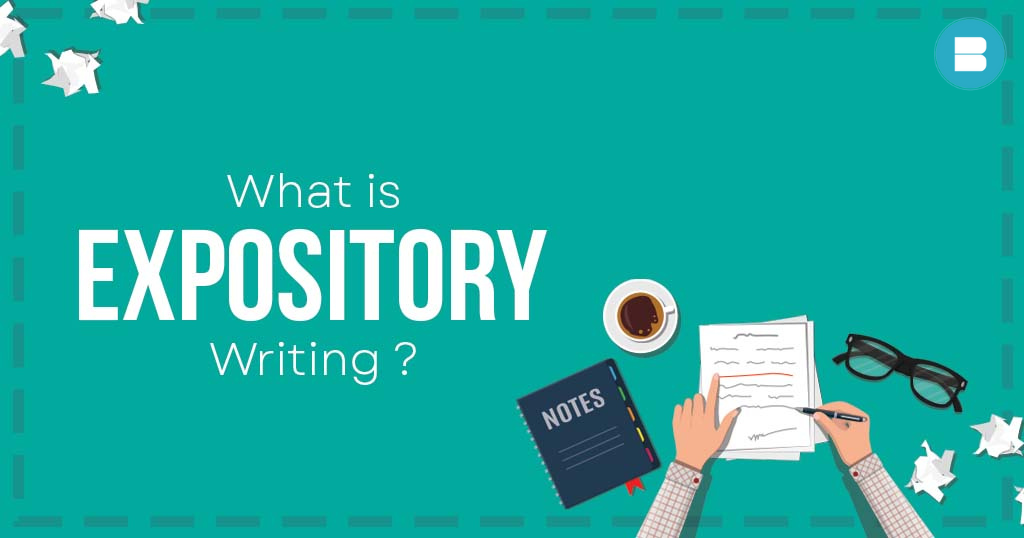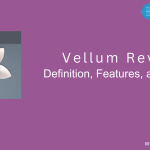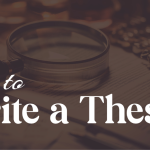In the realm of written communication, expository writing stands as a beacon of clarity and understanding. This style of writing serves as a guiding light for readers, illuminating complex ideas, concepts, and information in a straightforward and organised manner.
Read: A Complete Guide on How to Write & Publish an Anthologies of Poems in 2023
Whether you’re crafting an expository article, essay, or paragraph, this mode of writing is a powerful tool for conveying information effectively. Let’s delve into what expository writing entails, explore its various types, and uncover the art of mastering this style.
Understanding Expository Writing
At its essence, expository writing serves as a beacon of clarity, aiming to elucidate and inform. This genre delves into the art of shedding light on intricate subjects, providing readers with a profound comprehension and knowledge base. Unlike the world of creative writing, which often thrives on the interplay of ambiguity and emotion, expository writing finds its strength in lucidity and objectivity. Its primary objective is to educate, unravel complexities, and actively engage the audience by presenting a coherent structure of facts, evidence, and logical explanations.
Types of Expository Writing
Here’ s a list for types of Expository Writing:
- Expository Essays
- Expository Articles
- Expository Paragraphs
- Expository Essays: These essays stand as pillars of academic writing, revered for their systematic approach. When addressing a particular topic, expository essays adopt a balanced analysis. The introduction unveils the chosen topic, the body paragraphs meticulously present a buffet of evidence and analysis, and the conclusion acts as a succinct summary of the key points.
Example: An expository essay examining the impact of social media on society would delve into both the positive and negative effects. The introduction would set the stage by introducing social media’s prevalence; body paragraphs would dissect its influence on communication, mental health, and relationships; and the conclusion would encapsulate the key takeaways. - Expository Articles: These literary gems are a staple in journalism and non-fiction writing. Expository articles present an all-encompassing overview of a subject, diving headfirst into its intricate details, root causes, ripple effects, and potential solutions. Often gracing the pages of magazines, newspapers, and online platforms, these articles serve as guides to unravel complex matters for the masses.
Example: An expository article on climate change would not only expound on its environmental impact but also dissect the scientific consensus, historical context, human activities contributing to it, and potential strategies to mitigate its effects. - Expository Paragraphs: Even within longer compositions, the power of expository writing lies in its ability to distil complex ideas into bite-sized portions. These expository paragraphs serve as guiding lights, clarifying concepts, providing crisp definitions, and furnishing key information succinctly.
Example: Within an article discussing the concept of artificial intelligence, an expository paragraph might provide a concise yet comprehensive definition of machine learning, its applications, and its implications for various industries.
You may also read: Book Review: Lord of the Flies by William Golding
Types of Expository Writing
- Choose a Clear Topic: The foundation of effective expository writing lies in selecting a topic that can be effectively explained and explored within the confines of your piece. Avoid vagueness and opt for topics that are specific and well-defined.
- Research Thoroughly: Delve into reliable sources to gather information that substantiates your chosen topic. Rely on academic journals, credible books, reputable websites, and authoritative experts to ensure the accuracy and reliability of your content.
- Organise structurally: The symphony of expository writing demands a well-structured arrangement. Commence with a captivating introduction that introduces both the topic and your thesis statement. Proceed to craft body paragraphs that venture into subtopics, presenting evidence and analysis. Finally, conclude with a summary that encapsulates the main points, leaving readers with a lasting impression.
- Maintain Objectivity: The heart of expository writing beats with objectivity. While presenting your analysis, eschew emotional language and personal biases. Instead, rely on a foundation of facts, evidence, and logical reasoning to convey your message.
- Use Clear Language: The path to mastery involves traversing the realms of clarity and simplicity. Avoid jargon and complex terminology unless they are thoroughly explained. The goal is to ensure that your content is accessible and comprehensible to a diverse array of readers.
Examples of Expository Writing:
- Expository Essay Example: An essay explaining the impact of climate change could present scientific data, causes and effects, and potential solutions. It would provide a balanced view of the topic without emotional persuasion.
- Expository Article Example: An article about the benefits of meditation might explore its various techniques, the scientific evidence supporting its effects on mental health, and how it can be incorporated into daily routines.
- Expository Paragraph Example: Within an article about space exploration, a paragraph could provide a clear definition of dark matter, citing scientific sources and explaining its significance in astrophysics.
All in all, expository writing serves as a beacon of clarity in the world of written communication. Its purpose is to educate and inform, making complex topics accessible to a wide range of readers.
Read: List of Top 5 AI-Powered Content Generator for Quick and Quality Writing.
Through various forms such as essays, articles, and paragraphs, expository writing provides a structured approach to presenting facts, evidence, and logical explanations. By mastering this style, writers can shine a light on the intricacies of our world, fostering a deeper understanding among their readers.
















